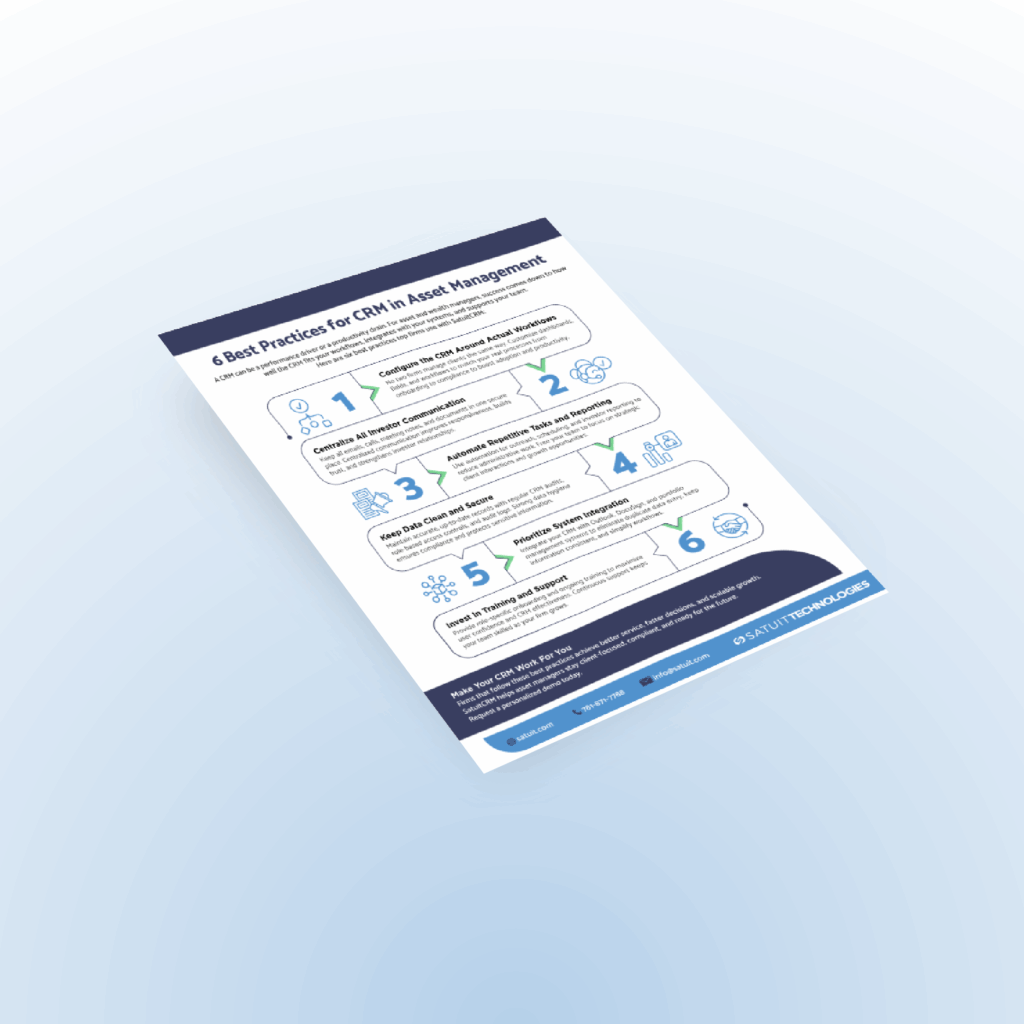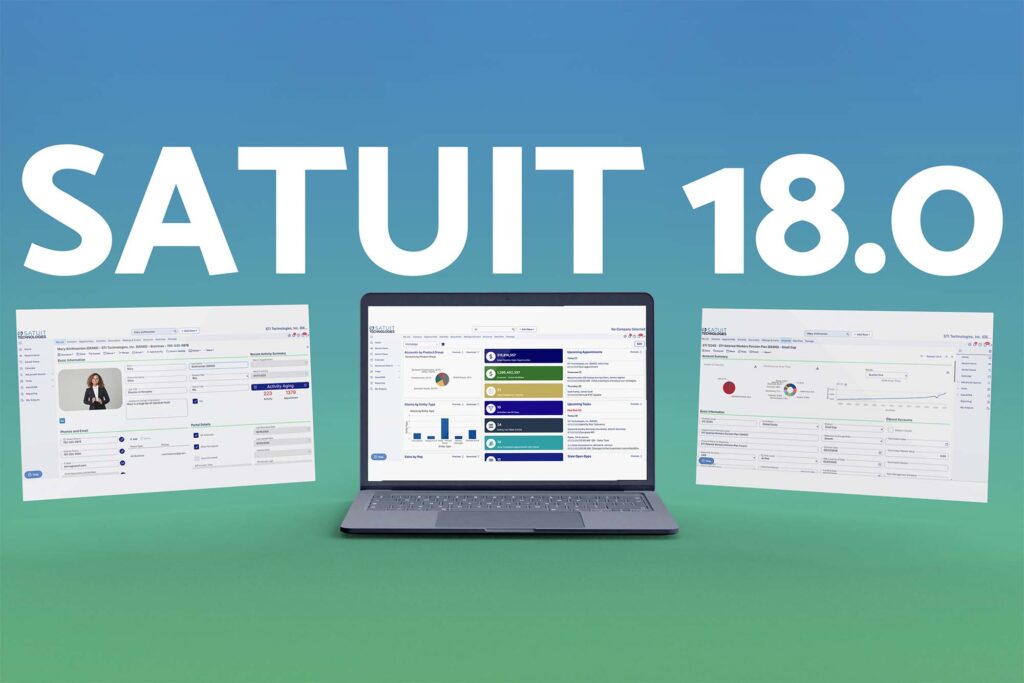Your CRM should be a growth engine that unifies customer data, simplifies workflows, and accelerates revenue. Instead, for most organizations, it’s become an expensive anchor. With failure rates as high as 30-50%, a poor CRM implementation can be a costly mistake.
Most break down due to low user adoption and a lack of quality data, with many companies reporting feeling disconnected from their CRM altogether. When your technology investment drains resources instead of generating returns, something needs to change. Keep reading to discover if your CRM is ROI-worthy and what to do about it.
Is Your System Underdelivering?
Start with your bottom line. When operational costs exceed tangible benefits, you’re paying for failure. According to Forrester, up to 48% of CRM project failures stem from technical integration issues, while 31% result from poor business process design. These numbers reflect how easily companies overspend on CRMs that don’t deliver measurable ROI.
But the financial drain is just the surface problem. If your CRM isn’t performing, it may need a strategic realignment. Your system might look powerful on paper, yet your teams create workarounds, maintain shadow databases, or bypass the system entirely.
Perhaps the most damaging problem, user disengagement, is driven by frustrating and overly complex user experiences. When logging information takes longer than the actual customer interaction, you risk losing the consistency that makes customer data valuable in the first place.
However, CRM platforms like Satuit specialize in aligning functionality with your specific business processes, ensuring every feature serves a real purpose.
Signs Your CRM is Failing
Customer data represents one of your most valuable assets. A poorly performing CRM stalls important insights, frustrates teams, and costs you relationships and revenue.
Oftentimes, generic systems struggle to communicate seamlessly with other processes, such as marketing automation, e-commerce platforms, and customer service tools. So beyond the resulting data silos, you get fragmented customer views and redundant data entry.
These generic, unfocused solutions lock you into rigid contracts packed with features you’ll never use, and legacy server-based systems create ongoing operational headaches. Furthermore, on-premise infrastructure requires dedicated IT resources for maintenance, updates, security patches, and backup management.
Strategic setup is crucial for scalability. Not to mention, without built-in compliance support, your CRM becomes a liability during audits. GDPR, CCPA, HIPAA, and industry-specific regulations create complex requirements for data handling, retention, and access controls.
What a Good CRM Looks Like:
Effective CRM systems start with clean data and a structured, centralized data architecture. Every customer interaction, transaction, and preference lives in one accessible location with consistent formatting and clear data governance. This foundation enables accurate reporting, reliable automation, and confident decision-making.
The business impact of proper personalization is substantial. Research shows that personalized customer engagement increases retention rates by 40% and boosts sales growth by up to 15%, all while driving acquisition and marketing costs down. A quality CRM makes personalization scalable by automatically surfacing relevant customer history and suggesting next-best actions.
On top of that, choosing cloud-based infrastructure provides the scalability modern businesses demand. As your customer base grows, cloud CRMs expand seamlessly without capital expenditure or lengthy deployment cycles. You can pay for what you use, access your data from anywhere, and benefit from automatic updates.
Recognized as one of the best cloud CRMs for financial services, Satuit empowers firms to scale smarter while maintaining compliance and performance.
Maximize Data Accessibility
The best CRMs make data exchange effortless. When information flows freely between systems, teams can spend more time engaging customers instead of moving data around. Satuit prioritizes flexible connectivity through multiple pathways, including robust APIs, standardized data formats, and strategic integrations. To achieve unity across your systems, develop a clear strategy and involve those who will use the software early in the planning process.
Prioritize Structural Alignment
Before evaluating platforms, clarify your business objectives and map the customer journey you’re supporting. Your CRM should reinforce your competitive advantages, not force you into generic best practices. Satuit identifies the workflows, metrics, and integrations that matter most, then builds CRM strategies around those priorities.
Put Usability Over Features
The most feature-rich CRM is worthless if your team won’t use it. Many organizations get trapped by feature-heavy platforms that overcomplicate simple processes. Instead, prioritize intuitive interfaces, mobile accessibility, and natural workflows. Conduct user testing before committing. A simpler system used consistently will always outperform a complex one that sits idle.
Consider Long-Term Engagement
Think beyond initial implementation. Look for systems that facilitate ongoing engagement, track customer health scores, and identify expansion opportunities. The lifetime value of your customers depends on sustained relationships.
Transform Your CRM Today
For firms in data-sensitive sectors like financial services, the need for a compliant, cloud-based CRM is even greater. Solutions like Satuit help firms stay audit-ready while improving visibility and client engagement.
Don’t risk limiting your company’s growth with a CRM system that’s draining resources. Book your free, personalized demo and discover how Satuit can optimize your CRM strategy for easily sustainable success.




